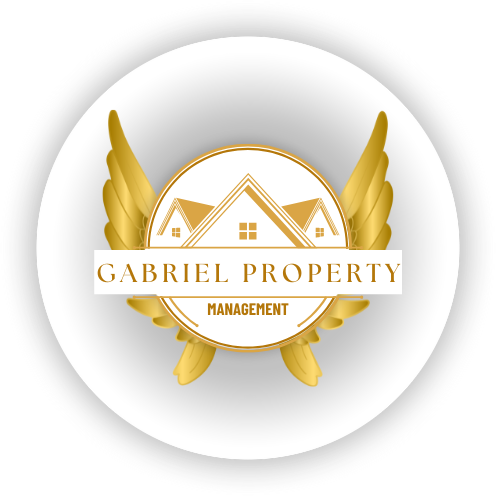Real estate investing offers numerous strategies to build wealth, but one method stands out for its versatility and potential for high returns: the BRRRR strategy. Short for Buy, Rehab, Rent, Refinance, and Repeat, this approach allows investors to maximize their real estate investments and generate consistent income. Whether you’re aiming for rapid equity growth or steady, long-term gains, the BRRRR strategy is worth understanding in detail. Let’s dive in!
What is the BRRRR Strategy?
The BRRRR strategy involves five key steps:
- Buy: Purchase a property below market value, often distressed or undervalued.
- Rehab: Renovate the property to increase its value and appeal.
- Rent: Lease the property to tenants to generate consistent rental income.
- Refinance: Use the increased property value to secure a better mortgage and pull out equity.
- Repeat: Reinvest the refinanced funds into your next property.
This strategy can be executed in two distinct ways: fast or slow, depending on your financial goals and circumstances.
Fast vs. Slow BRRRR
A fast BRRRR starts much like a house flip. After purchasing and rehabbing the property, instead of selling it, you rent it out and leverage the increased equity for a cash-out refinance. This quick turnaround allows you to reclaim your initial investment and reinvest it into another property. Ideally, you can complete this cycle in six months or less, rapidly scaling your portfolio.
On the other hand, a slow BRRRR takes a more patient approach. After buying and rehabbing the property, you may rent it out for several years before refinancing. This timeline suits investors who are not in immediate need of their cash doing owner financing or option play and need to accumulate some equity to complete the process. Whether it takes six months or six years, the BRRRR method adapts to your unique investment journey.
Key Real Estate Metrics Every Investor Should Know
To succeed in real estate investing, mastering essential metrics is crucial. Here are four you should know:
- Net Operating Income (NOI): The net income generated by a property after subtracting operating expenses from gross income. This metric reflects the profitability of a property.
- Capitalization Rate (Cap Rate): Used for commercial properties, it measures the efficiency of an asset and its return, excluding debt costs.
- Cash on Cash Return: This metric evaluates the annual return on cash invested. For example, a 5% cash-on-cash return means every dollar invested generates $1.05 in returns.
- Gross Rent Multiplier (GRM): The ratio of property price to rental income. A lower GRM indicates a better investment, as it signifies higher income relative to the purchase price.
Conclusion: Your Path to Real Estate Wealth
The BRRRR strategy offers a flexible and effective way to build wealth through real estate. By understanding key metrics and tailoring your methods to your financial goals, you can create a sustainable and profitable portfolio.
What strategy resonates most with you? Are you ready to dive into the world of real estate investing? Share your thoughts in the comments, and don’t forget to subscribe to our Instagram for more insights and actionable tips on achieving financial independence through smart investments!
